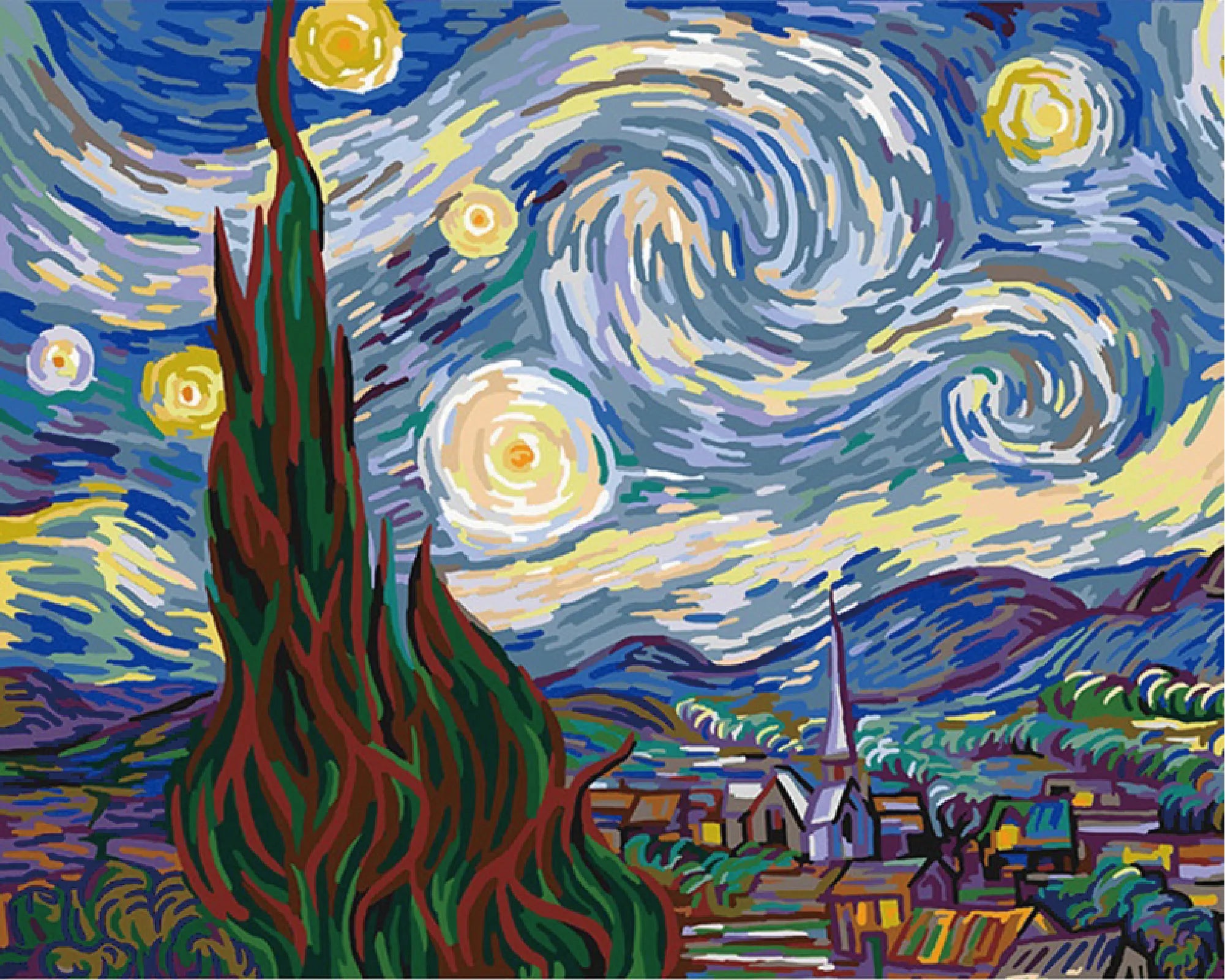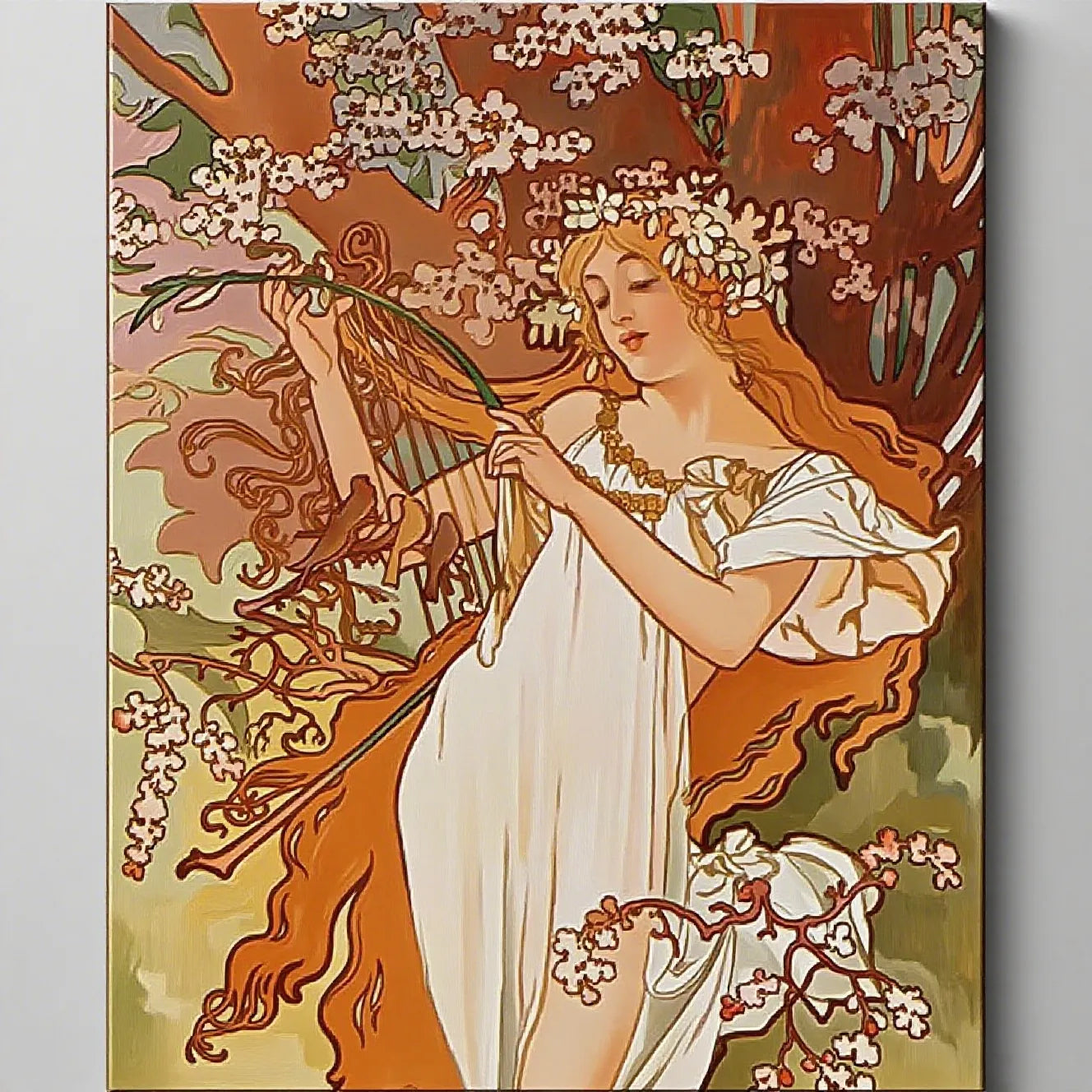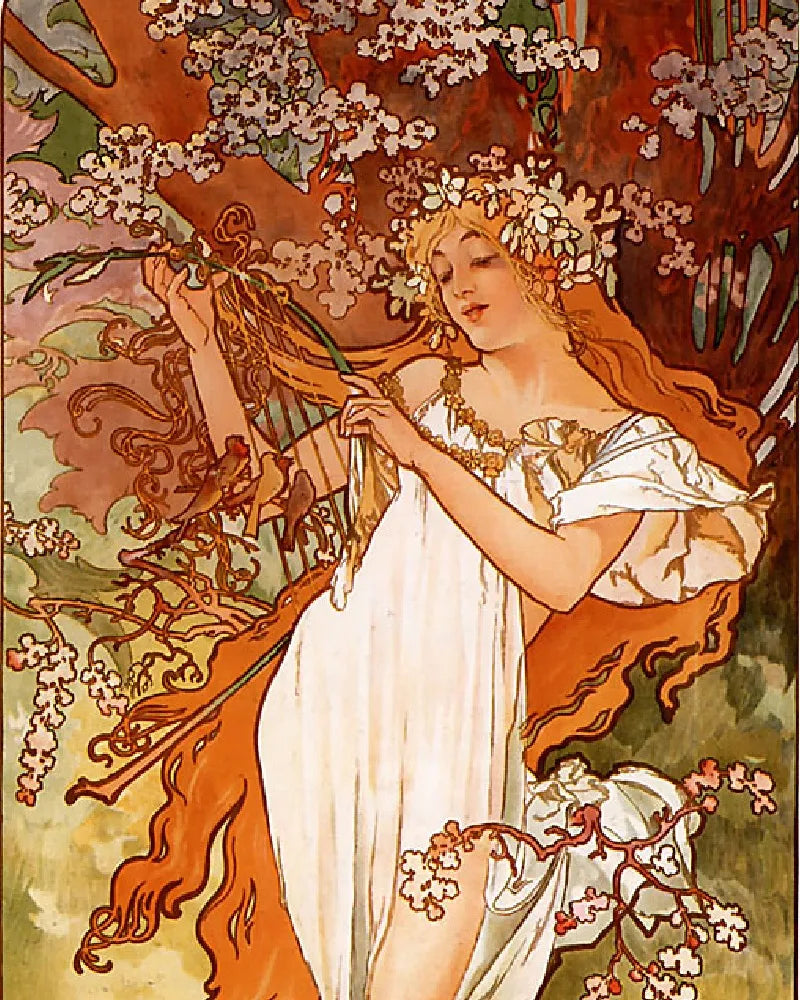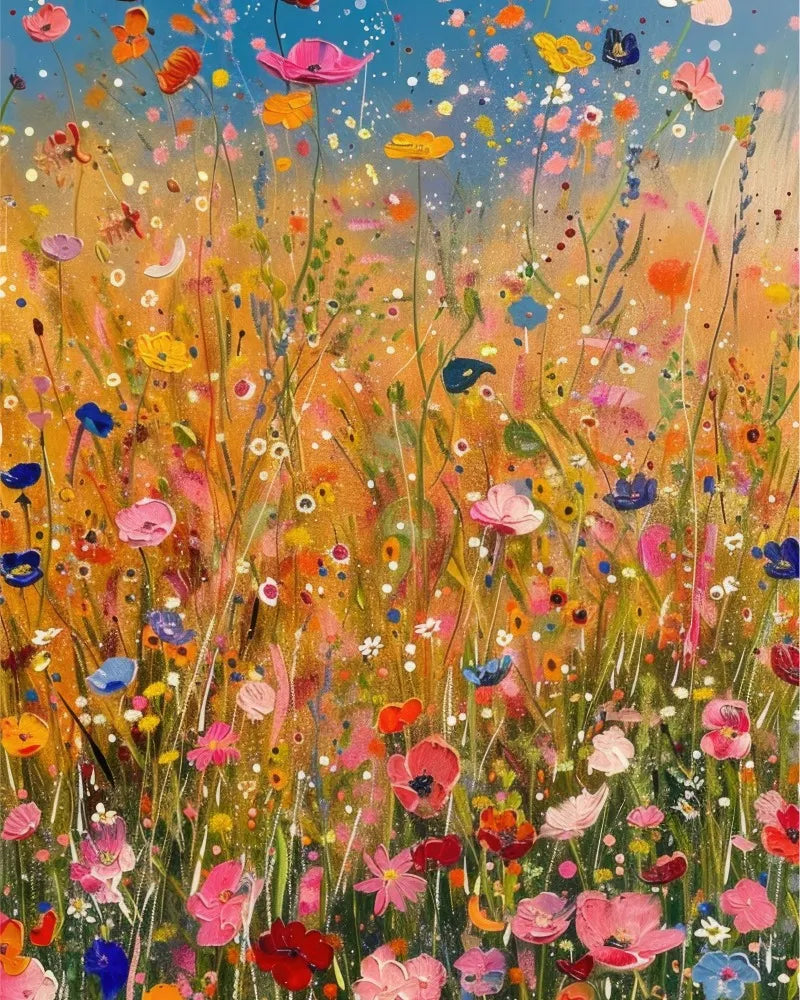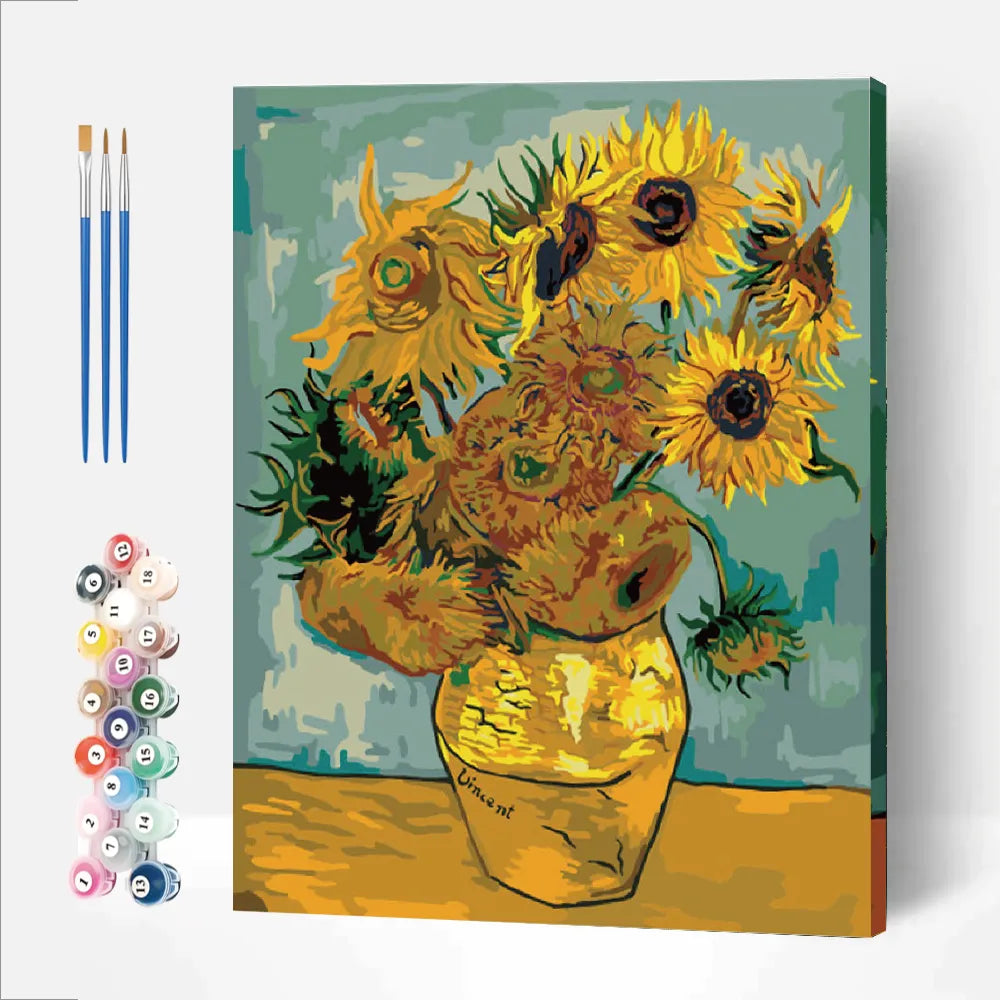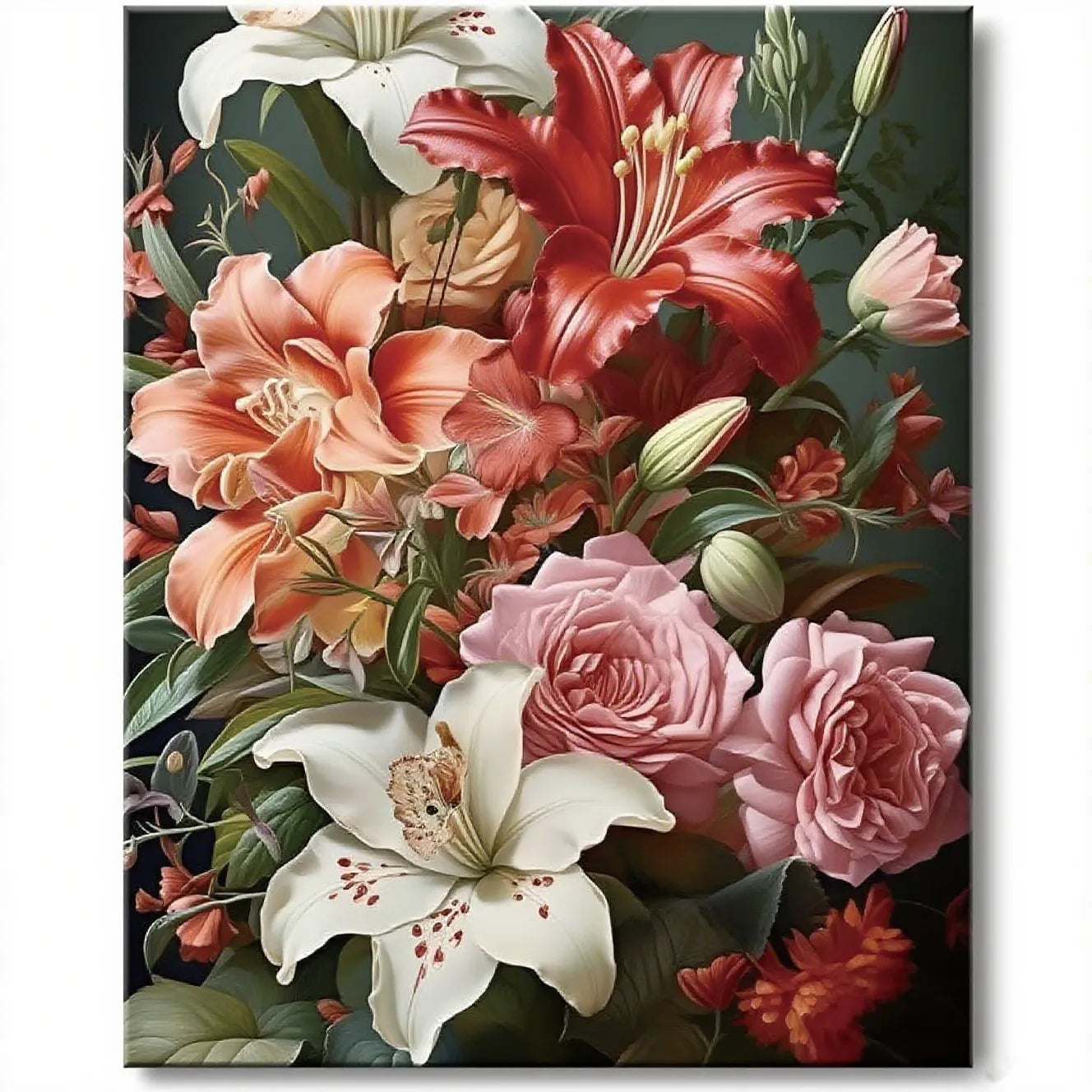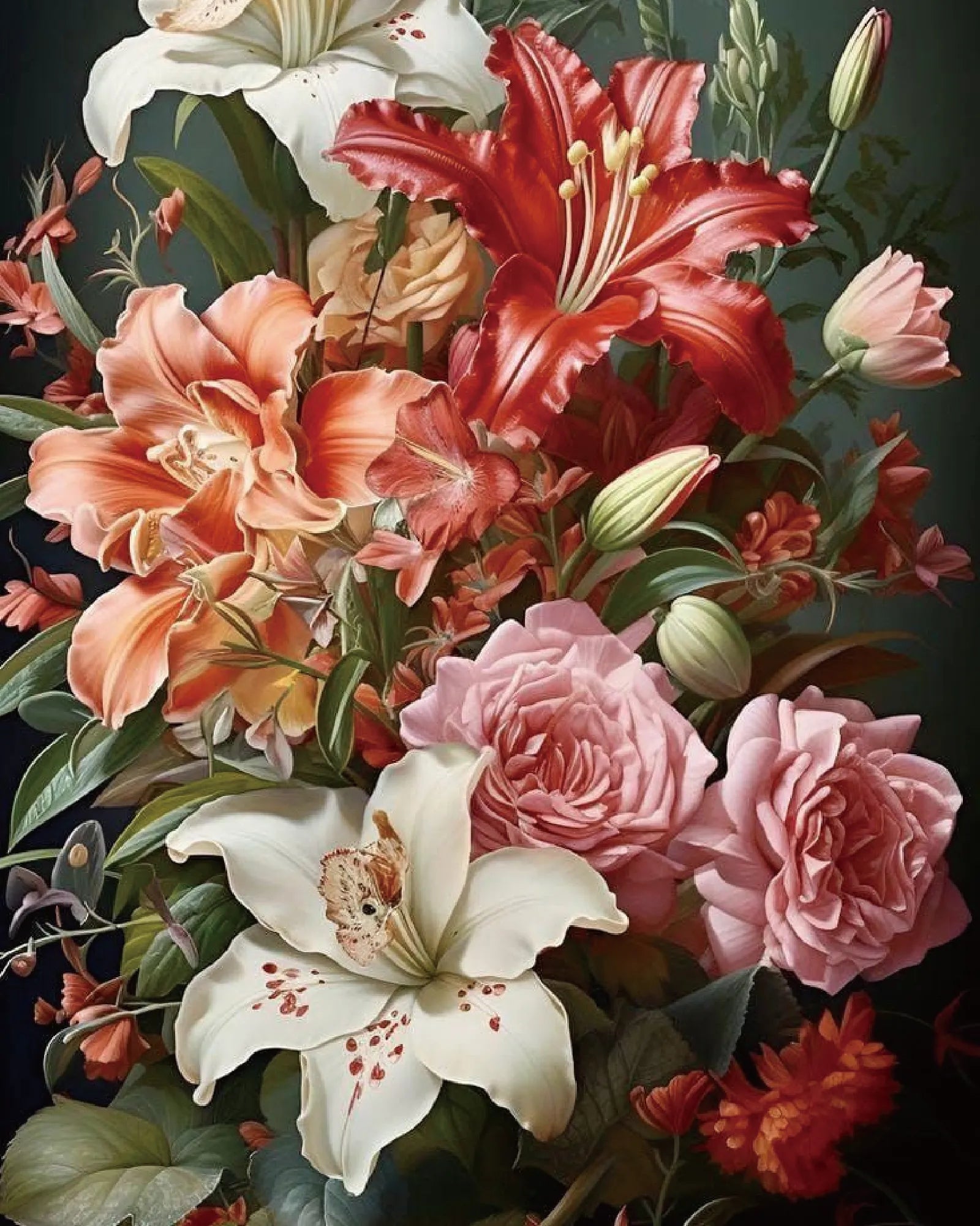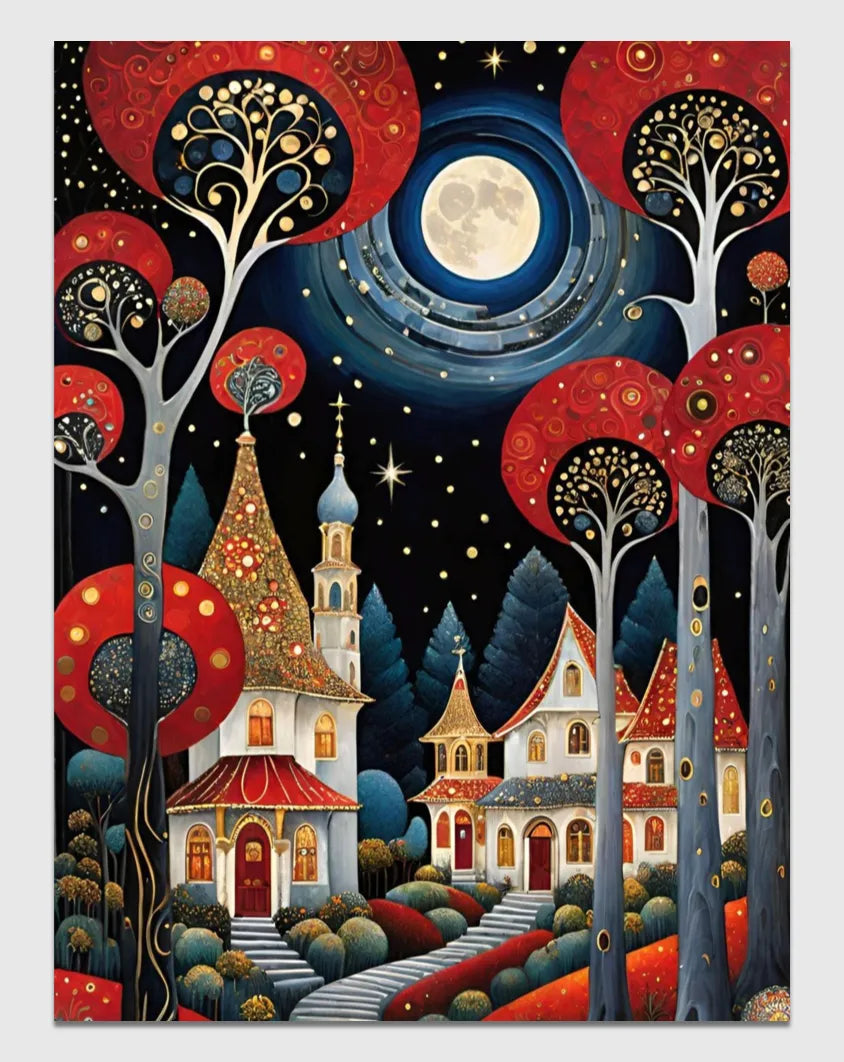Vincent van Gogh (1853-90), the Dutch Post-Impressionist painter, famed for sunflowers and starry nights—but who was the man behind the myths?
Table of content
- 1. The Symbolized Van Gogh: Stereotypes of Madness, Severed Ear, and Poverty
- 2. Roots of Stereotyping: Cultural Dissemination and Public Psychology
- 3. Reconstructing a Multifaceted Van Gogh: Beyond Labels
- 4. Reflection and Revelation: How to Approach the Real Van Gogh?
- 5. Conclusion: Reconstructing Van Gogh Through Deconstruction
The Symbolized Van Gogh: Stereotypes of Madness, Severed Ear, and Poverty
When people think of Vincent van Gogh, labels like "mad genius," "the artist who cut off his ear," or "the impoverished painter" dominate the narrative. These simplified symbols amplify his legend but obscure the complexity of his humanity and artistry.
The Myth of the "Mad Genius"
Van Gogh’s association with mental illness often overshadows his artistic legacy. The 1888 ear-cutting incident, his 1890 suicide, and the swirling brushstrokes of The Starry Night are frequently interpreted as products of mental collapse. Yet, during his time at the Saint-Rémy asylum, Vincent van Gogh painted over 150 works, including serene pieces like Irises, demonstrating that his creativity was not merely chaotic outbursts but deliberate observations of nature and vitality. As he wrote in a letter: "The uglier, older, meaner, sicker I become, the more I want to take revenge by producing brilliant color." Art was his weapon against suffering, not just a byproduct of madness.

The Severed Ear: From Tragedy to Consumed Symbol
The ear-cutting incident is often reduced to a sensational tale of "passion" or a quarrel with fellow artist Paul Gauguin. However, Vincent van Gogh later analyzed his actions calmly in letters, calling it an "escape from reality." Philosopher Georges Bataille, in The Sacrificial Mutilation, proposed that the act might symbolize a ritualistic offering to the sun, tied to Van Gogh’s obsession with light and heat in his art. This interpretation elevates the incident from lurid gossip to philosophical inquiry—yet such nuanced perspectives rarely reach mainstream audiences.
The Oversimplified Narrative of Poverty
Van Gogh’s lifetime sale of just one painting fuels the myth of his "misunderstood isolation." Yet he was not entirely alone: his brother Theo’s financial support, intellectual exchanges with artists like Gauguin, and friendships with locals like postman Joseph Roulin in Arles formed a vital social network. His "poverty" stemmed more from rejecting commercial art than a lack of talent. As he quipped in a letter: "A painted canvas is worth more than a blank one," revealing a self-awareness that defies the "failed artist" stereotype.
Roots of Stereotyping: Cultural Dissemination and Public Psychology
Van Gogh’s flattened image is shaped by historical biases, media portrayals, and the public’s romanticized view of artists.
Literature and Film’s Role in Perpetuating Myths
Irving Stone’s Lust for Life romanticizes Vincent van Gogh as a "martyr for art," while the film Loving Vincent, despite its visual homage, reinforces the "madness" trope through its focus on his death. Such works prioritize drama over nuance, sidelining his letters’ revelations about color theory, social empathy, and meticulous planning.
Limitations in Academic Discourse
In China, early 20th-century scholars like Feng Zikai framed Vincent van Gogh through the lens of "eccentric genius," akin to traditional Chinese literati painters. Though post-1980s studies (e.g., The Real Van Gogh Revealed) began challenging stereotypes, many still rely on emotional narratives rather than rigorous analysis of his letters and techniques. Academic inertia perpetuates clichés even in scholarly circles.
Public Projection: The Romance of Suffering
Society’s fascination with the "tortured artist" myth reflects a cultural obsession with the idea that suffering breeds greatness. Van Gogh’s tragedy is commodified into an inspirational story, overshadowing his artistic innovations. As critic Jonathan Jones argues: "People love Van Gogh because he fits their romantic fantasy of an artist, not because they engage with his work."
Reconstructing a Multifaceted Van Gogh: Beyond Labels
To dismantle stereotypes, we must return to Van Gogh’s art and writings, revealing his identities as poet, philosopher, and chronicler of humanity.
The Chronicler of Peasants: Social Consciousness
The Potato Eaters, an early masterpiece, portrays peasants with raw honesty, celebrating their dignity in labor. Rejecting romanticization, Van Gogh’s gritty brushwork reflects his missionary-era empathy for the marginalized—a commitment to "art in the service of humanity."

The Philosopher of Color: Logic in Passion
While Van Gogh’s vibrant palette is seen as emotional outbursts, it was deeply calculated. He studied Eugène Delacroix’s color theory, absorbed Japanese ukiyo-e aesthetics, and meticulously planned series like Sunflowers: "Imagine the yellow blazing against a blue background!" Such "passionate logic" defies the "madness equals genius" trope.

The Poet’s Vision: Blending Literature and Art
A voracious reader, Vincent van Gogh wove literary references (Dante, Shakespeare, Whitman) into his letters and art. He envisioned Arles’ parks as Boccaccio’s poetic gardens, translating literary symbolism into visual form in works like The Poet’s Garden. Scholars note that his stars, wheatfields, and sunflowers are "visual poetry."
Reflection and Revelation: How to Approach the Real Van Gogh?
Returning to Primary Sources: The Power of Letters
Van Gogh’s 900+ letters to Theo reveal his intellectual rigor—discussing techniques ("the wheatfield has gobbled up buckets of paint") and philosophy ("there is a fire in everyone’s soul"). These texts prove his art was deliberate, not merely impulsive.
De-Stereotyping Art Education
School curricula often reduce Van Gogh to "the sunflower painter." China’s People’s Fine Arts Press textbook Painter Van Gogh, however, contrasts his realist and Impressionist phases, prompting students to analyze artistic evolution. Such pedagogy fosters critical thinking over mythologizing.
New Avenues for Public Engagement
Digital tools offer fresh ways to connect with art. Paint by Numbers, which breaks down The Starry Night or Sunflowers into color-by-number kits, lets users engage with Van Gogh’s color logic. Custom Paint by Numbers takes this further, transforming personal photos into Van Gogh-style artworks. These interactive experiences democratize art, shifting focus from biography to brushwork and composition.
Conclusion: Reconstructing Van Gogh Through Deconstruction
Vincent van Gogh once wrote: "I want to make you see that my work comes from a deep, sincere feeling." Today, we need not defend his "madness" but restore his humanity—a visionary who channeled suffering into transcendent art. As we fill in a Paint by Numbers canvas, we might glimpse the Van Gogh who, under Arles’ blazing sun, harnessed reason and passion to paint a world ablaze with color and truth.
1001 Canvas offers a variety of Van Gogh’s masterpieces to spark your creativity. If you’re drawn to a specific artwork not in our collection, simply upload your own image through our custom order feature—we’ll transform it into a personalized paint-by-numbers kit for you to explore.




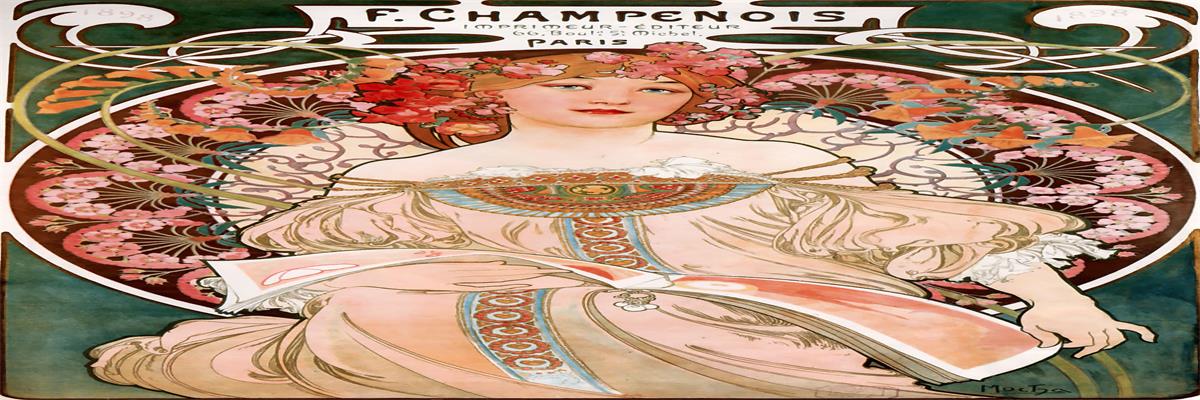
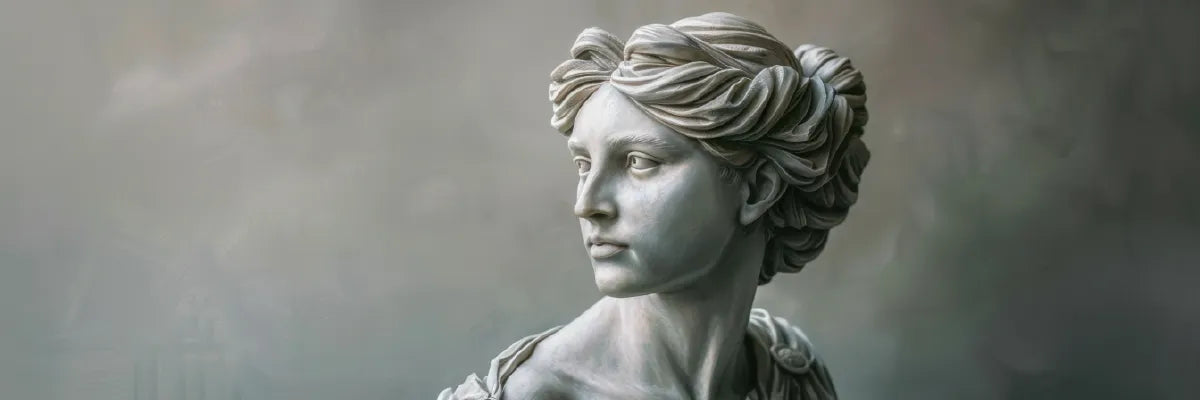

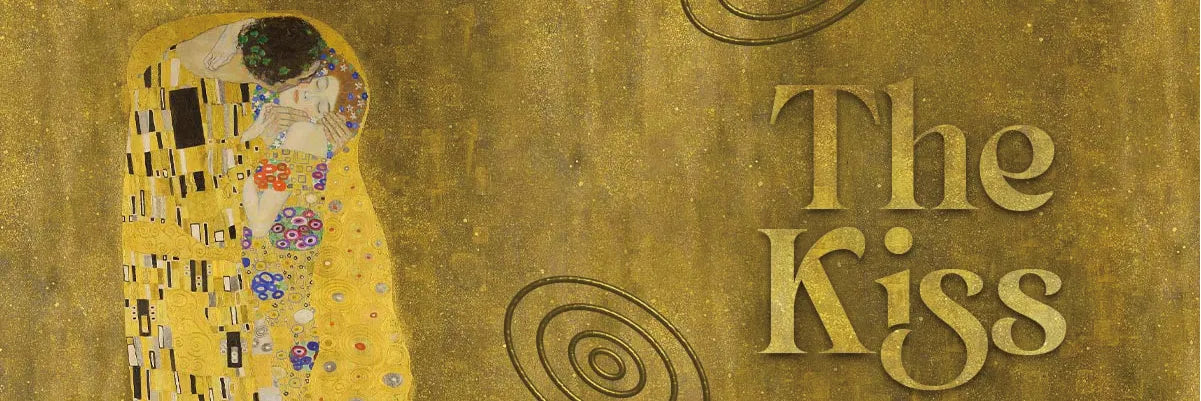
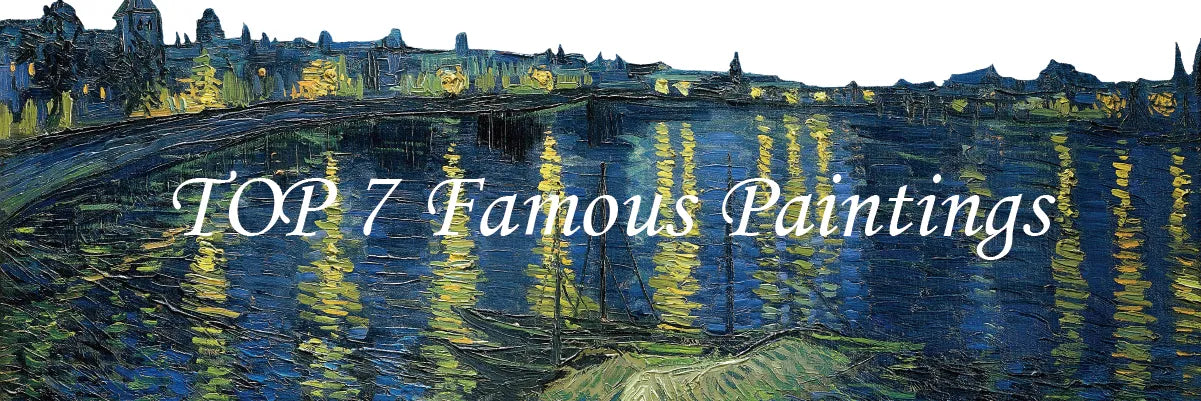

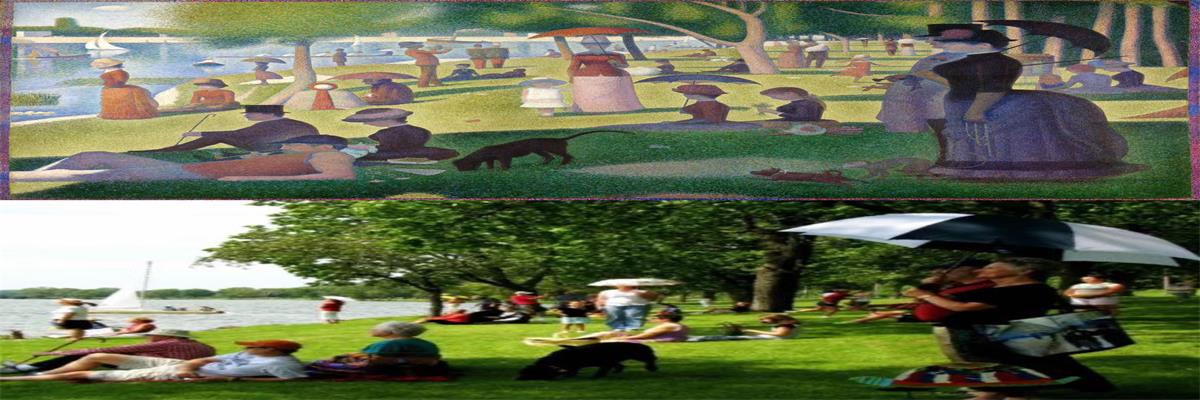
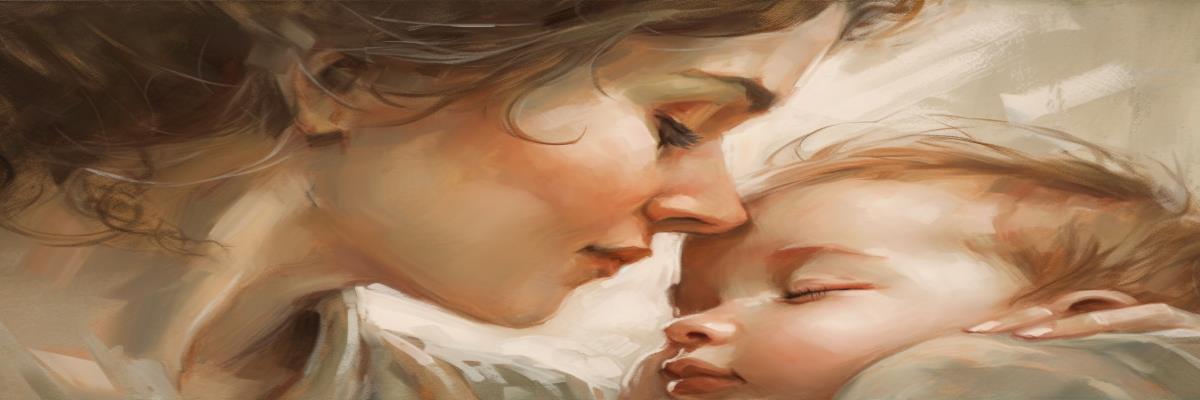





 https://1001canvas.com/blogs
https://1001canvas.com/blogs


